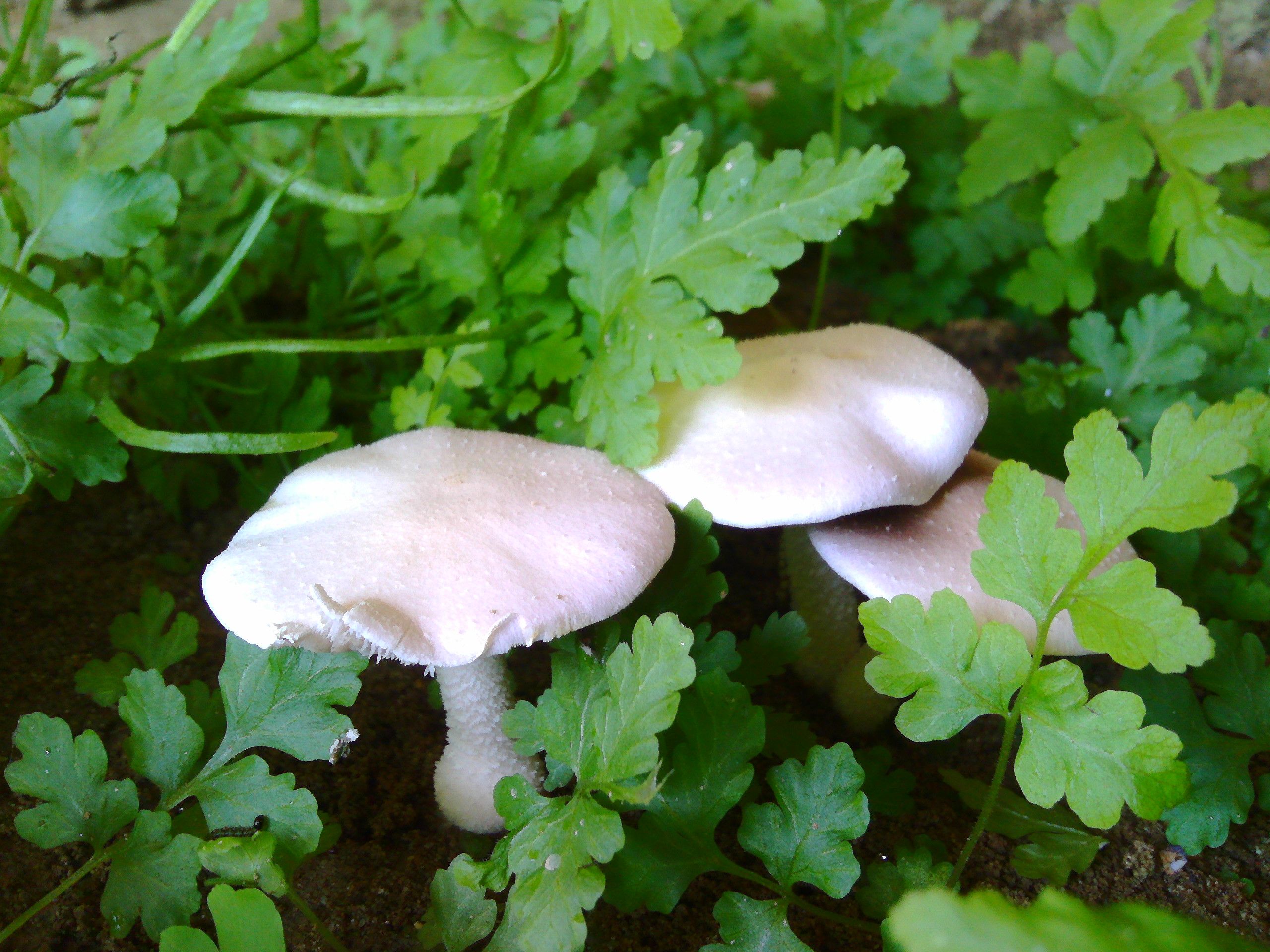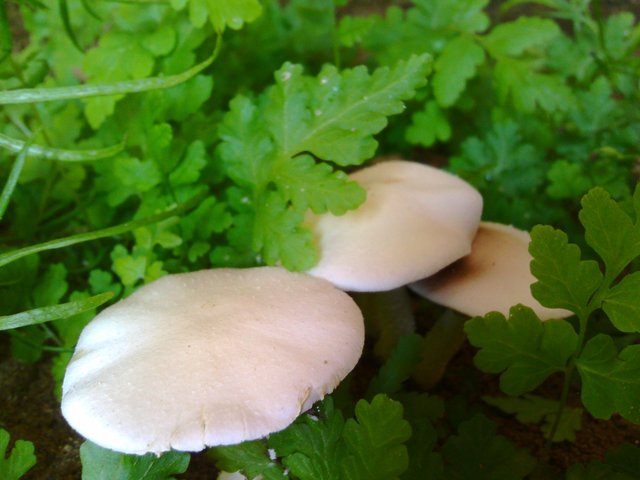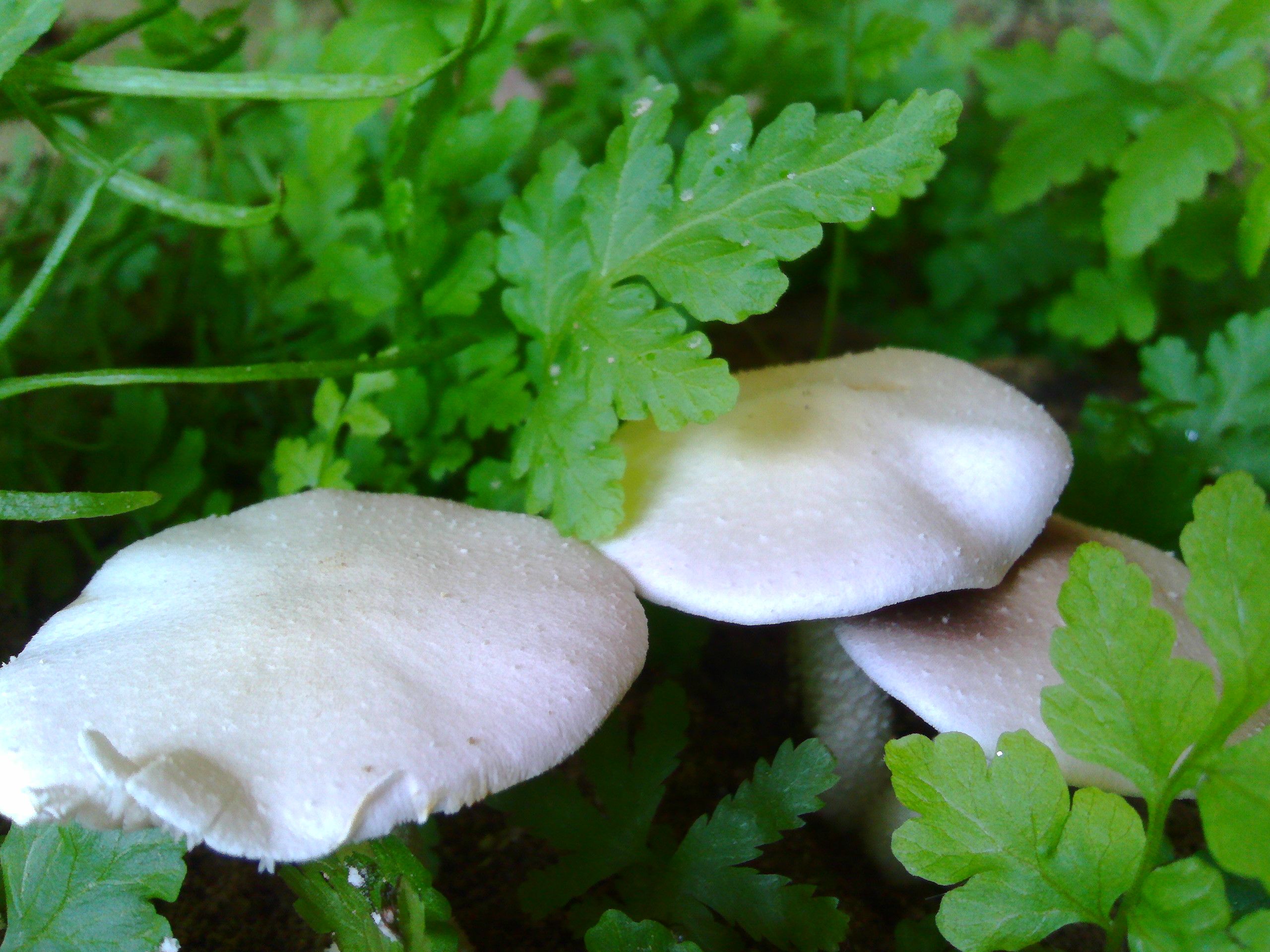what is mushroom food.
The standard for the name "mushroom" is the cultivated white button mushroom, Agaricus bisporus; hence the word "mushroom" is most often applied to those fungi (Basidiomycota, Agaricomycetes) that have a stem (stipe), a cap (pileus), and gills (lamellae, sing. lamella) on the underside of the cap. "Mushroom" also describes a variety of other gilled fungi, with or without stems, therefore the term is used to describe the fleshy fruiting bodies of some Ascomycota. These gills produce microscopic spores that help the fungus spread across the ground or its occupant surface.

Typical mushrooms are the fruit bodies of members of the order Agaricales, whose type genus is Agaricus and type species is the field mushroom, Agaricus campestris. However, in modern molecularly defined classifications, not all members of the order Agaricales produce mushroom fruit bodies, and many other gilled fungi, collectively called mushrooms, occur in other orders of the class Agaricomycetes. For example, chanterelles are in the Cantharellales, false chanterelles such as Gomphus are in the Gomphales, milk-cap mushrooms (Lactarius, Lactifluus) and russulas (Russula), as well as Lentinellus, are in the Russulales, while the tough, leathery genera Lentinus and Panus are among the Polyporales, but Neolentinus is in the Gloeophyllales, and the little pin-mushroom genus, Rickenella, along with similar genera, are in the Hymenochaetales.

Nutrition:-
Raw brown mushrooms are 92% water, 4% carbohydrates, 2% protein and less than 1% fat. In a 100 gram (3.5 ounce) amount, raw mushrooms provide 22 calories and are a rich source (20% or more of the Daily Value, DV) of B vitamins, such as riboflavin, niacin and pantothenic acid, selenium (37% DV) and copper (25% DV), and a moderate source (10-19% DV) of phosphorus, zinc and potassium (table). Vitamin C and sodium have no or minimal content

Vitamin D:-
With its vitamin D content being related to post-harvest treatment, the vitamin is not included in the listed nutritional content of mushrooms in the USDA nutrient database.[17] However, when exposed to ultraviolet (UV) light even after harvesting,[18] natural ergosterols in mushrooms produce vitamin D2,[19] a process now used to supply fresh vitamin D mushrooms for the functional food grocery market.[20] In a comprehensive safety assessment of producing vitamin D in fresh mushrooms, researchers showed that artificial UV light technologies were equally effective for vitamin D production as in mushrooms exposed to natural sunlight, and that UV light has a long record of safe use for production of vitamin D in food.